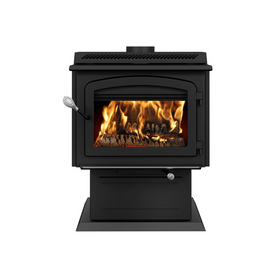- Home
What Is An Interior Designer?
Interior designers design solutions that are safe, functional, and attractive. They may work independently or as an employee of an architectural or building firm. Regardless, projects are most successful when the interior designer collaborates with other building professionals on a job.
How Do I Find an Interior Designer?
You can start by looking at the Find a Pro page of the American Society of Interior Designers (ASID) website. There, you can search for professionals for residential or commercial projects. Online platforms also have myriad images posted by interior designers, and, of course, you can ask a builder or friends, relatives, and colleagues for suggestions.
Stacey Freed
I’m constantly on the hunt for a way to hike and write simultaneously.

















